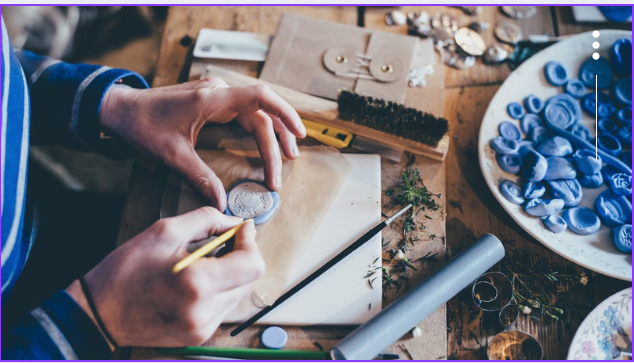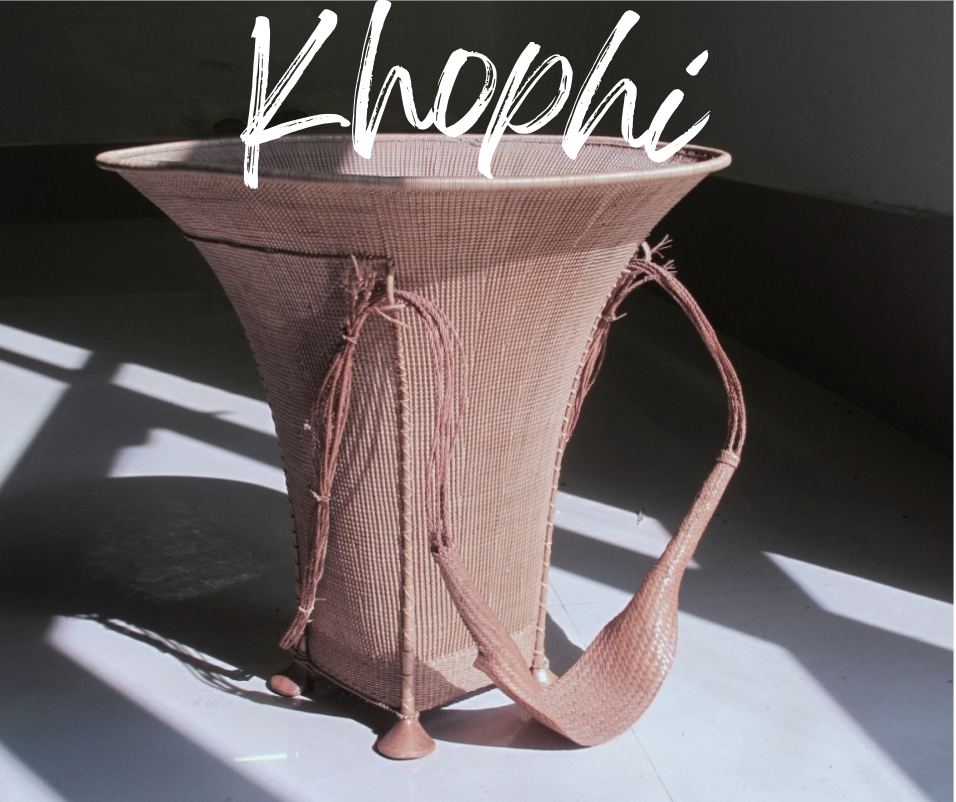Business Management | Resources
What Are The KPIs To Monitor For A Successful E-commerce Business?
Jun 11, 2022 | Amelyah Roach
 KPIs are important metrics that can be used to measure performance, growth, impact of strategies and solvency within your e-commerce business.
KPIs are important metrics that can be used to measure performance, growth, impact of strategies and solvency within your e-commerce business. - Assesses what percentage of visitors to your page become customers or take action of some sort
- A high conversion rate = confirmation of a fully optimised website = more revenue
- A low conversion rate means that your website may need to reorganised, with different sales and marketing strategies applied in order to obtain a higher customer retention rate
CONVERSION RATE (CR)
Conversion Rate = (Total Number of Conversions/ Total Number of Visitors on the Website) x 100 |
COST OF GOODS SOLD (COGS)
COGS = Beginning Inventory Costs (of the year) + Additional Inventory Costs (purchased during the year) – Ending Inventory (at the end of the year) |
- This metric is used to keep track of expenses related to products and their production, by taking into account the beginning inventory costs and any additional inventory costs and subtracting the remaining inventory at the end of the year from this amount.
- This metric does not take indirect costs into account such as sales and marketing fees
- Being knowledgable on your company's COGS value can foster better decision making within your company as well provide insight into necessary changes required to increase overall profit
AVERAGE ORDER VALUE (AOV)
AOV = Total Revenue / Number of orders. |
- Calculates the average amount of money that each customer spends on your website per transaction
- The results of this KPI give e-commerce entrepreneurs an idea of if their strategies to market as many products as possible to customers has been successful or not, ultimately driving insight into if new strategies need to be employed to increase buyer interest and revenue
SHOPPING CART ABANDONMENT RATE (CAR)
CAR = 1 – (Total Number of Completed Transactions / Total Number of Shopping Carts) x100 |
- As indicted by its name, the Shopping Cart Abandonment rate KPI reflects the percentage of customers who do not complete or check out orders past the stage of adding products to their cart
- A high CAR percentage can indicate a complicated or lengthy check out process, high shipping costs and additional fees or even the absence of a specific payment method.
- By analysing this percentage, e-commerce entrepreneurs are able get to the root of the problem and apply swift changes so as to ensure a high order completion rate
CUSTOMER ACQUISITION COST (CAC)
CAC = Costs Spent on Acquiring Customers / Number of Customers Acquired |
- This KPI relays information on how much your business spends in the pursuit of customers
- In order for the CAC ratio to be balanced, the acquisition cost and number of customers acquired must fall into a balanced ratio to ensure that the amount being spent to acquire or buy customers through marketing for example, does not exceed the potential profit being brought in by customers
Recommended

Home And Living | Shop By Room
The Rule of Three is a design principle that enhances the decor and will likely never go out of style. This rule proves helpful when trying to style contemporary wall art. This design approach leads to a healthy equilibrium that is visually pleasing and creates a cohesive and vibrant ambiance. In this guide, we look at how to use the Rule of Three in wall art styling and ensure any area turns into a beautiful masterpiece.

Business Management | Resources

Community | People
Nagaland , a vibrant state in the northeastern region of India. Nestled amidst lush hills and valleys, Nagaland is home to diverse indigenous tribes, each with its own unique customs, languages, and art forms. The state is celebrated for its colorful festivals, traditional dances, and intricate handcrafts, which reflect the deep-rooted heritage of the Naga people. Kohima, the state capital, and Dimapur, the largest city, serve as cultural and economic hubs. Nagaland's natural beauty, combined with its cultural richness, makes it a captivating destination for those looking to explore India’s tribal heritage and scenic beauty.





